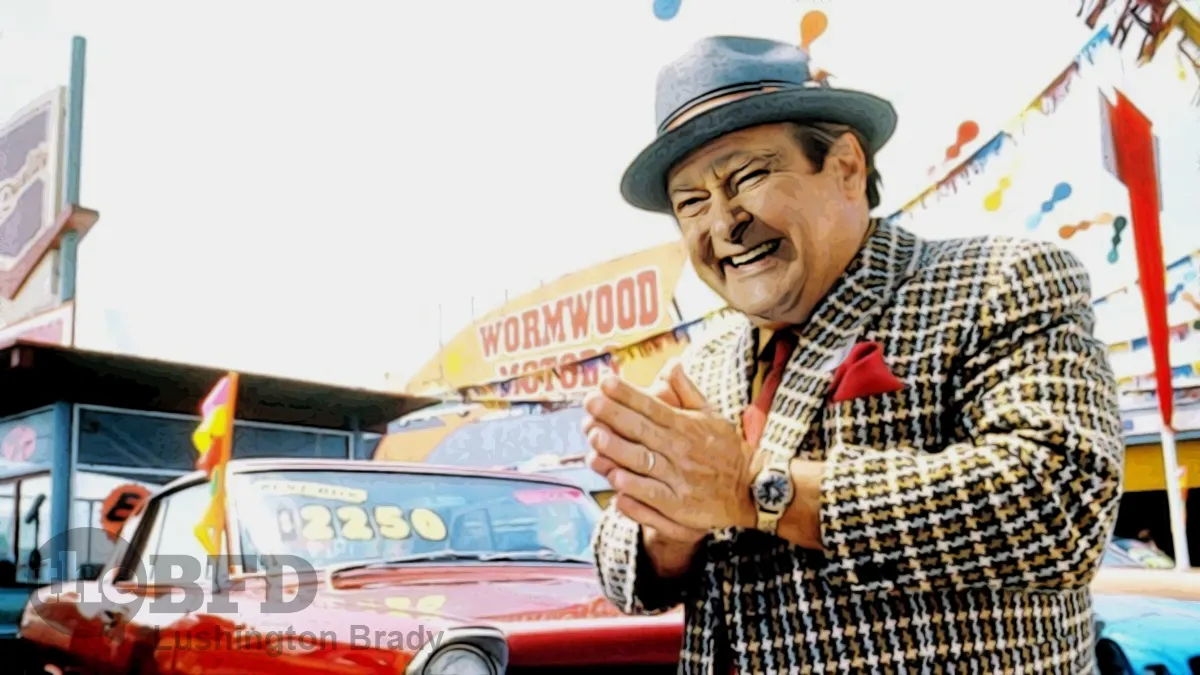Table of Contents
I can’t recall a time when inflation was so shockingly obvious, so astonishingly fast. I’ve lived through my share of economic cycles. I was too young to really notice the stagflation of the 1970s, but I graduated into the recession of the early 80s. I well recall a friend remarking, during the early 90s “recession we had to have” (according to its architect, Paul Keating), “Suddenly, nobody I know has any money”.
But nothing ever prepared me for what’s hit like a brick wall this year. In just weeks, prices on everything at the supermarket have surged, not just by cents, but by dollars. It’s not just a case of, “Ooh, lamb’s dear this week”. Everything has risen by nearly 20% from what it was just a month ago.
Of course, BFD readers know only too well how it feels, after produce prices especially skyrocketed last year. Now, Australians are feeling the same hit.
Working families are being squeezed by a near double-digit jump in living costs, well above official inflation, with a spike in mortgage charges, insurance premiums and food prices leading to the biggest plunge in household purchasing power this century.
According to the Australian Bureau of Statistics, all household types – pensioners, welfare recipients, employees and self-funded retirees – have seen living costs rise faster in the year to March than the current headline inflation rate of 7 per cent.
But, mostly thanks to a sustained series of interest rate hikes, working families are being hit hardest of all. While welfare beneficiaries are demanding to raise the dole rate in the face of 7.6% rise in the cost of living, workers are being hit by a 9.6% rise.
The RBA’s aggressive monetary tightening to suppress inflation over the past 12 months is driving the blowout in workers’ living costs, with mortgage interest charges rising by an annual 78.9 per cent in March, up from 61.3 per cent in the year to December.
Australia’s Arts-grad Treasurer is clueless, for sure — but the supposed hard-headed economic boffins at the Reserve Bank seem no better.
A day after the central bank warned of persistent high inflation and stunned borrowers by raising its cash rate target to 3.85 per cent, its 11th increase in this tightening cycle, a senior RBA official said Australia’s surprise population surge could turn out to have “unanticipated or more pervasive” effects on inflation and the labour market.
Well, golly gee, whodathunkit?
Official inflation figures are casting a smokescreen over the real impact on working families.
ABS head of prices statistics Michelle Marquardt said the annual rise in the five living cost indexes ranged from 7.1 per cent for self-funded retirees to 9.6 per cent for employed people […]
She said the living cost indexes included the impact of mortgage interest charges, but the consumer price index did not, as it included the cost of building a new dwelling instead.
It all adds up to the heaviest economic blow to workers in nearly forty years.
The ABS said the rise in employee living costs was the largest increase since this series started in 1999.
The last time the CPI recorded an annual increase of 9.6 per cent was in 1986.
The interest rate spike is only exacerbating the housing crisis, as mum-and-dad investors flee the property market. The left may hate landlords, but what these geniuses apparently fail to comprehend is that there’s no rental market without landlords. Their preferred answer, government rent controls, which the Greens are currently clamouring for, will only make it worse.
So, what’s the official response to all this? The same old Ponzi scam they’ve been belting Australians with for decades.
On Wednesday, RBA head of economic analysis Marion Kohler said […] “The faster recovery in the population could turn out to have unanticipated or more pervasive effects.”
The Australian
Gee, ya think? Record-high immigration (Labor has upped its planned intake to a staggering 650,000 per year) is sold as an economic panacea. But sceptical Australians see the downsides of importing half a million cheap, foreign workers, every day. In the spiralling cost of rents, on the choked freeways, in collapsing infrastructure, in their kids’ bursting schools, every time they have to wait weeks to see a GP.
As the great Johnny Rotten said, “Ever get the feeling you’ve been cheated?”









